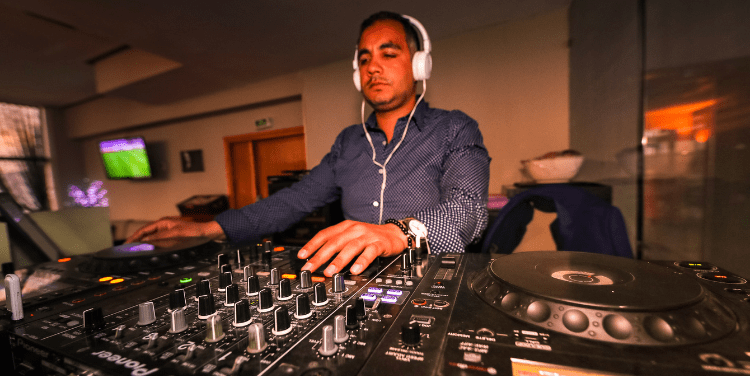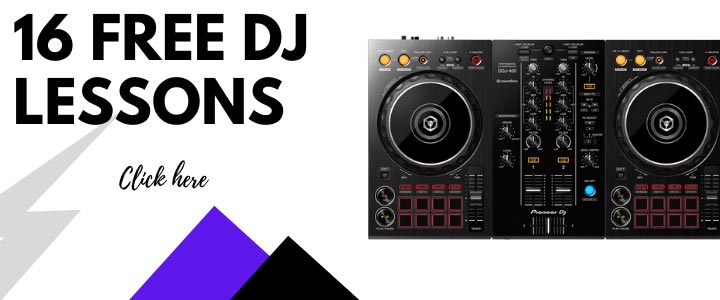Integrating samples into your DJ sets can elevate your performances, creating unique and dynamic experiences for your audience. Whether you’re a novice or a seasoned DJ, learning how to use DJ samples effectively can set you apart. Here’s how to get started and make the most of this powerful tool.
1. Understand the Basics
Before diving into the creative aspects, it’s crucial to understand what DJ samples are and how they work. Samples are short snippets of audio, which can range from vocals and drum loops to instrumental phrases and sound effects. These can be pre-recorded tracks or sounds you create yourself. Familiarizing yourself with different types of samples and their functionalities is the first step to mastering their use in your sets.
2. Choose the Right Samples
Selecting the right samples is key to creating a cohesive and engaging set. Here are some tips:
- Match the Genre: Ensure the samples you choose align with the genre of music you’re playing. A dubstep sample might not work well in a house set.
- Quality Over Quantity: High-quality samples will blend seamlessly with your tracks, while low-quality ones can disrupt the flow.
- Variety: Use a mix of vocal snippets, instrumentals, and effects to keep the audience engaged.
3. Timing and Placement
The placement of samples can make or break your set. Proper timing ensures that samples enhance rather than disrupt the flow of music. Here are some strategies:
- Transitions: Use samples to smooth out transitions between tracks.
- Breakdowns: Samples can add excitement during breakdowns, building anticipation before the beat drops.
- Fillers: Use them to fill gaps or lulls in the music, maintaining the energy.
4. Get Creative with Effects
Applying effects to your samples can add a unique touch to your sets. Here are some common effects:
- Reverb and Delay: These can create a sense of space and depth, making your samples stand out.
- Filters: Use high-pass or low-pass filters to manipulate the frequency range of your samples.
- Pitch Shifting: Alter the pitch of your samples to match the key of the track or to create interesting variations.
5. Practice Makes Perfect
Experimenting with samples during live sets can be risky. Practice extensively to ensure your timing and placement are impeccable. Record your practice sessions to review and identify areas for improvement. Over time, you’ll develop an intuitive sense for when and how to use samples effectively.
6. Use DJ Software and Hardware
Investing in quality DJ software and hardware can significantly enhance your ability to use DJ samples. Most modern DJ controllers come with sample pads and dedicated controls for triggering and manipulating samples. Popular software like Serato DJ, Traktor, and Rekordbox offer extensive features for sample management and integration.
7. Stay Inspired and Keep Learning
The world of sampling is vast and constantly evolving. Stay inspired by listening to sets from other DJs, exploring new genres, and experimenting with different types of samples. Join online communities and forums to share tips and learn from others.
Make Your Sets Unforgettable
Mastering the use of DJ samples can transform your sets, making them more engaging and memorable. By understanding the basics, choosing the right samples, timing them perfectly, and getting creative with effects, you can elevate your DJing skills to new heights. Practice diligently and stay inspired, and you’ll be well on your way to creating epic sets that captivate your audience.





















